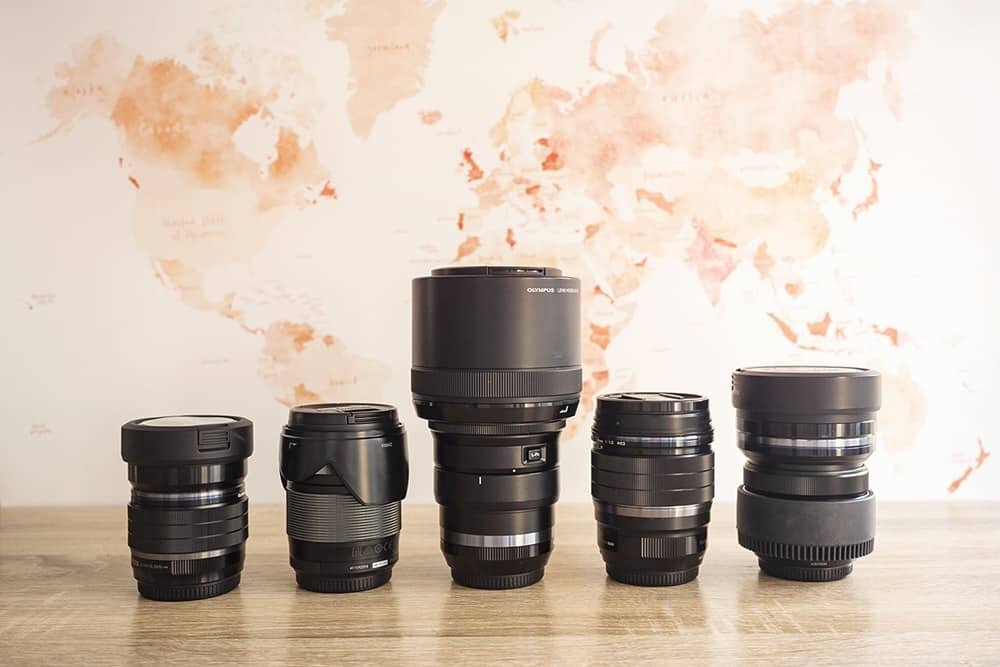
Learn and Improve Your Photography at Home!
One common misconception in photography is that you need to be somewhere to get a good photo. Somewhere outside, somewhere with stunning landscapes and somewhere far from home.
Sure, visiting amazing destinations help to easily create some visual magic but when it comes down to it, having a great ‘eye’ for photography is just as important as your subject matter. You’ve got all you need to improve your photography right in your own home and I guess now is as good a time as any to get cracking and take advantage of the chance to get creative within your own four walls!
Isolation during the Covid-19 pandemic is the ideal time to improve your photography by simply being a critic of your own work and taking the time to improve your photography by learning creative techniques or developing ideas and photo shoot concepts. You can get started by something as small as reviewing old images, opening up Photoshop and clicking on random tools to see how they work or take it a step further and develop mini photo shoot concepts on your kitchen bench.
I’ve been using this time to edit new projects and photographs but to also look back at past projects or client work to see how my photography has progressed and whether or not there are improvements that can be made to help prepare for future jobs or to ensure continuity within my portfolio.
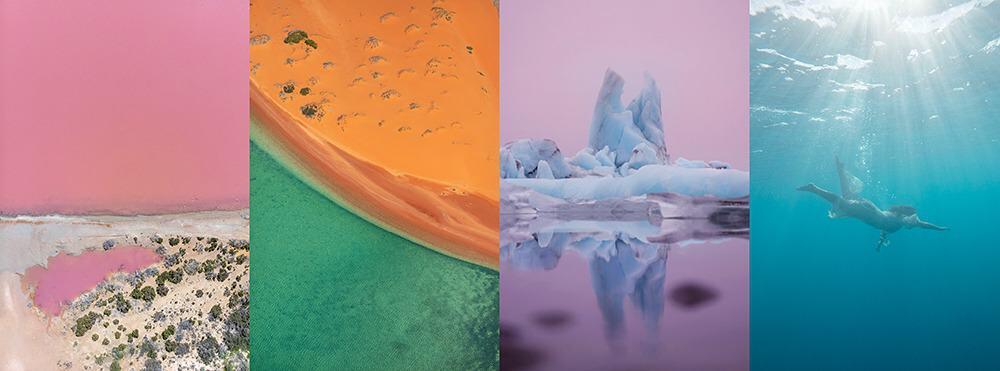
For those of you currently in isolation, or even for when this all calms down and you’ve got a few spare hours, the tips below are ideas to use for expanding your creative mind and developing your photographic eye. They’re challenges I personally use when I’m stuck in a rut and ones that I also personalise and give my mentoring students (enquire about mentoring here) to get them on the right path to creative vision.
If you want to access to more tips straight up and get started on a path to a creative photography career check out my eBOOK ‘A Photographer’s Guide to Creative Vision‘, 60+ pages of tips to think creatively, develop a project idea and expand your photographic vision. Keep scrolling for a discount code!
Those keen for a few handy tips to get through isolation in the meantime though, continue reading for the goods. If you’ve got other ways you’re keeping sane and using photography to do so, feel free to leave a comment below and let us all know what you’re doing!
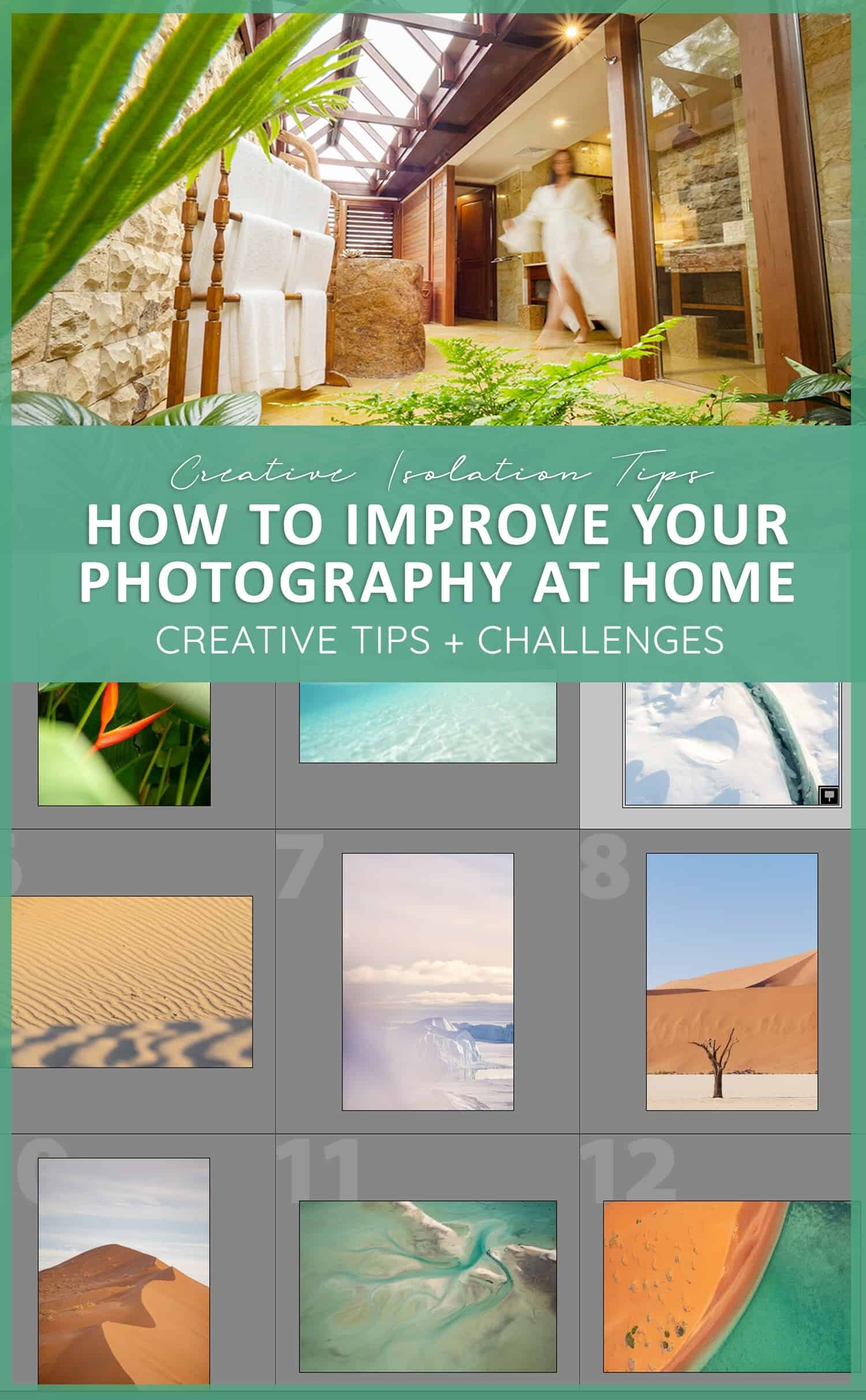
Be your own critic –
Photography is such a subjective art form that you can show any ten people a single image and you’ll no doubt have differing opinions about whether it’s good or bad. I believe there’s no wrong or right but what makes a great photo depends on your original purpose. Were you intending to capture a beautiful sunset to make people say wow? Did you want to tell a story? Are you taking images for a client and need to showcase a specific product or scene?
Knowing why you took the image will dictate whether or not you were successful in doing so and who better to assess this that the person who took the photo? You! Being your own critic by reviewing old images (read more here about how to curate your own work) is a great way to take your photography one step further and progress to a point that you’re questioning how you’re taking photos and why.
If you’ve been on a trip recently or have a collection of photos from a photo shoot or even just random shots from the past few months, pop some together and spend some time browsing through them.

Instead of just looking at the photo and reminiscing about the moment, really dig deep and ask yourself the following questions –
Why did I take this photo?
Could I have improved the composition?
Is my framing helping or hindering the image?
Are there elements I could have added to improve the image?
Is the intended subject in focus and is it obvious?
Were my settings correct and is the image technically ok?
Check for noise, blur and incorrect use of exposure.
Once you’re done reviewing the images, put them into folders that include those shots you’d like to do over and completely change, those you think are good as they are and some favourites you love but want to improve.

Sossusvlei – This is my favourite image from Namibia, taken with the Olympus 40-150mm lens and I love to look at it and imagine other images I could’ve taken. Zooming in on further on those ridges with the 2x teleconverter I had in my pocket or recomposing to highlight the shadows more against a soft foreground blur?
Work on Assessing Your Composition –
Staying on the subject of old images, open up your favourite editing program and spend some time cropping images to see frames within the image that you didn’t capture.
Have you ever taken an image, got home and thought…damn, I wish I moved a little to the left or zoomed in to capture it like this or from a different angle? We all have 😊
By reviewing your images and seeing the potential for new frames within them, you’re helping to improve your photographic eye and train it to seek out alternate possibilities. Next time you’re standing on the beach (one day soon hopefully!), you won’t just take a photo straight ahead, this challenge will ensure you default into autopilot and start capturing some unique angles!

Set Goals (not fitness goals, ick)
Of course at the moment every second influencer is telling you to read more books, do more yoga and set goals to eat healthier or get fitter while you’ve got the time and yeah…sure we’ve got time but we aren’t all that dedicated, I’ve got a lot of respect for those who are! Maybe that’s just me. But, giving yourself the challenge of a goal if photography is something you want to do as a career or to improve, it is a great time to jot down what you’d like to achieve.
I like to think goals can also be scribbly notes, things you want to do, ideas you have before bed and don’t want to forget or little steps towards achieving something you really want. They don’t have to be something you hate yourself for never completing.
Do you want to learn some new Photoshop techniques? If so, download the program (which has a free trial here) and simply open it up and play around! Learning something new doesn’t always require a textbook or YouTube tutorial, sometimes just getting started and clicking random buttons can lead to new skills. As previous attendees of my workshops and mentoring will know, I still call the ‘Spot Healing Brush Tool’ the ‘Bandaid’ because when I first learnt to use Photoshop, that’s what it looked like and that’s kind of what it does. You can read about some tools I find useful here.
Whatever your goals are, make them achievable and take baby steps to getting them done!
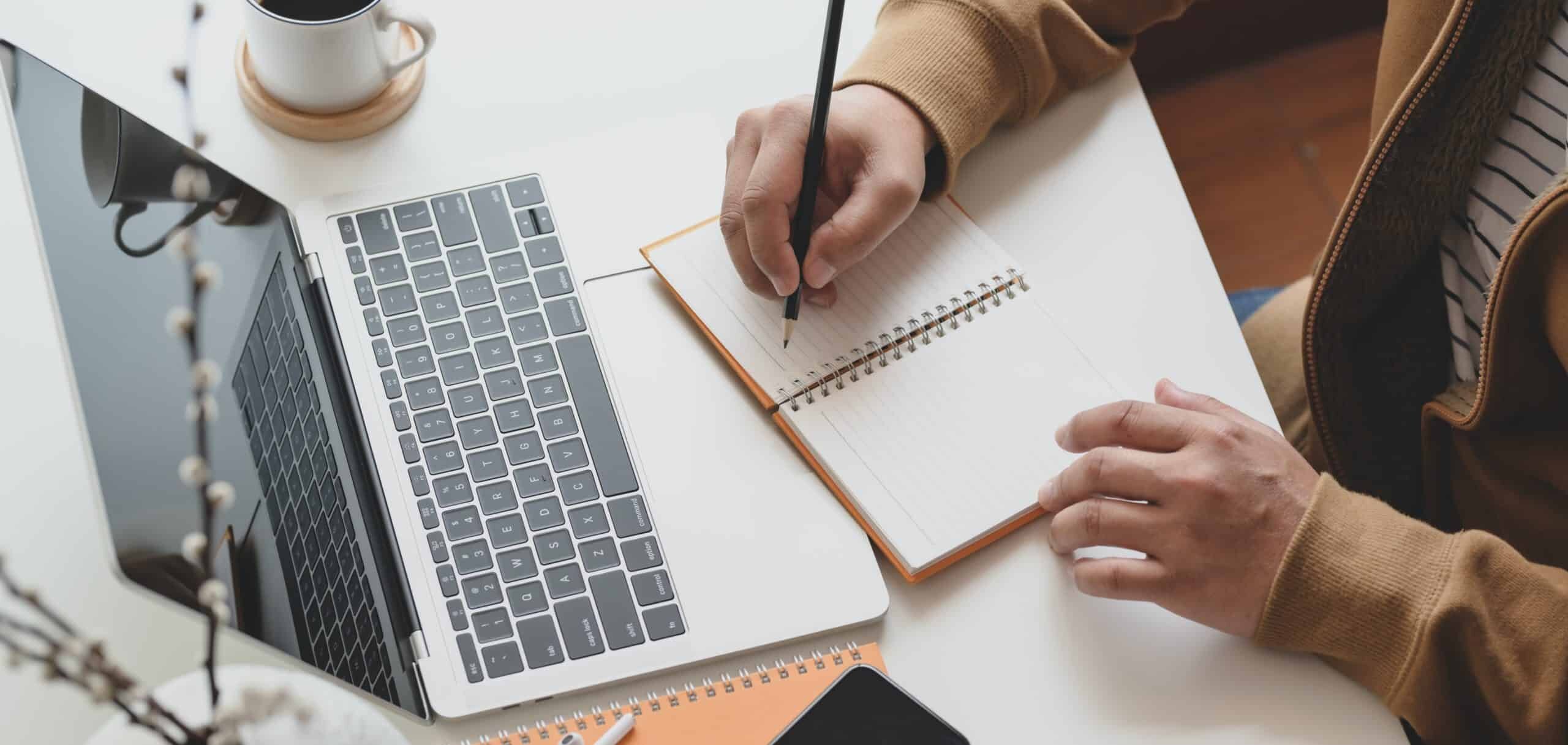
Photo by Bongkarn Thanyakij because his desk is way more photogenic than mine!
Be Adventurous At Home
You may live there but have you really taken the time to explore your own home? Treat it like any destination and seek out opportunities for images. Where does the best light fall throughout the day? Are there vantage points that will allow you to shoot epic portraits, detail shots or highlight products in a new way?
By seeking out these possibilities you’ll be training your eyes to see the world around you with a fresh perspective, something you can then put into practice when you’re allowed back in the outdoor world! If you’ve got access to a garden or yard, heck, even if you’ve got a pot plant or some fancy furniture and accessories, use them to develop your skills as a photographer. Play around with foreground focus, gain an understanding of how to use your lens and work with aperture, depth of field and light.
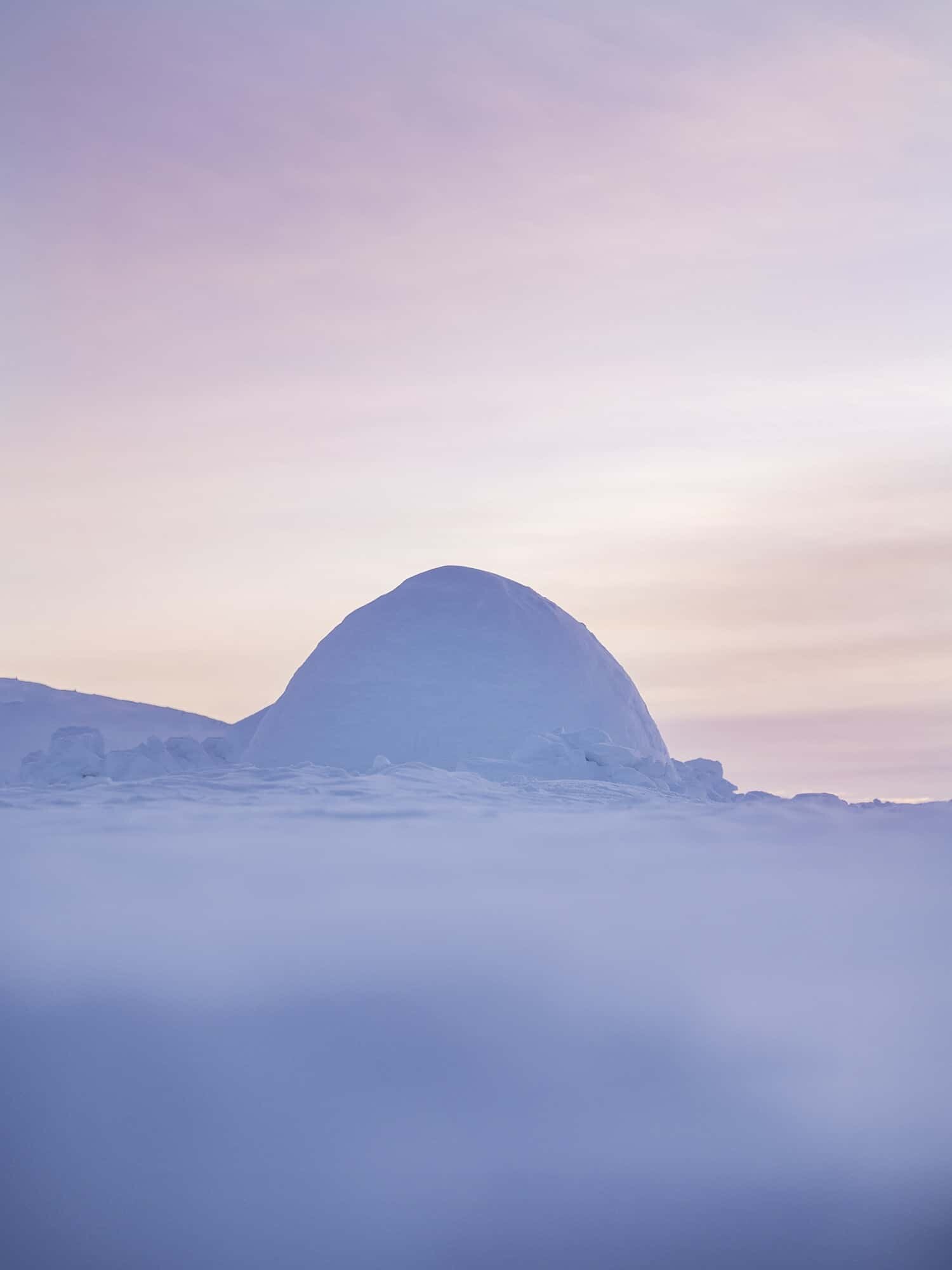
An igloo made of snow or are they fairy floss skies and icing sugar? Okay it’s a real one but you get the idea…
Discover available light
Within the comfort of your own home you can take control of your understanding of light and how to work with it to improve your photography. Natural light should enter your home whether it’s big rays of sunshine or second-hand sun reflected from an apartment across the road (I’ve been there, not ideal for growing plants!). Using natural light within your work is an easy way to enhance your subject or a scene and incorporate soft and realistic tones.
If you struggle with understanding the best settings for various light conditions, your home will allow you to not only photograph shadows, sunlight and reflections but to also play with light fixtures, lamps, torches, the list is endless. You can also progress into playing in low light conditions, learn the best settings for shooting in only candle lit rooms, how to bounce flash off the ceiling to capture beautiful portraits or even to adapt to which ISO to use as you go from bright sunlight to a dark room.
By understanding the light within your home you’ll give yourself a huge advantage once you can venture outside again and capture a scene at sunrise, sunset, midday or even at night. Those with backyards can also venture into astrophotography and practice capturing stars or star trails like I did from a window of a cabin in the French Alps with the Olympus Live Composition mode…so much fun!

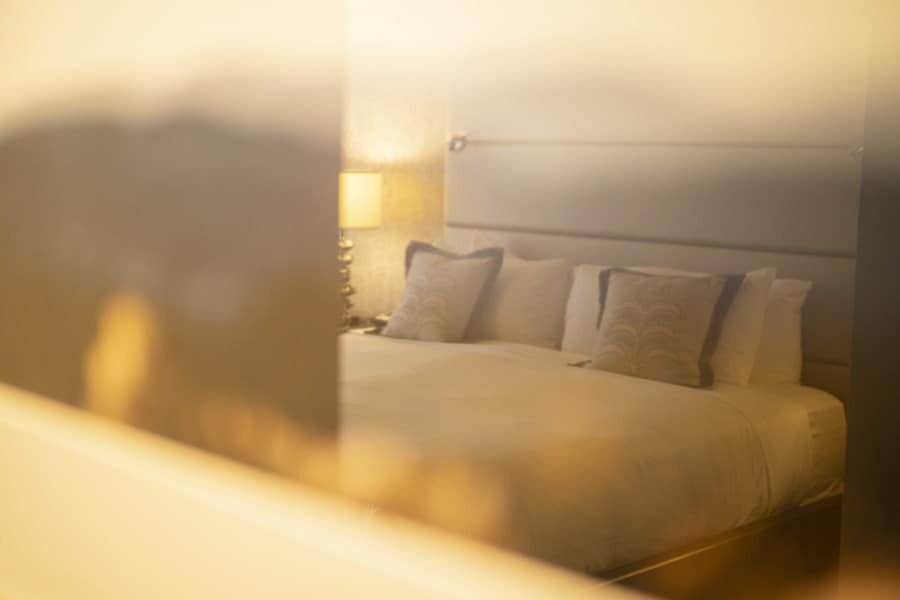
Reflections of a bed through a painting with the light adding pops of colour – shot with a wide aperture of f2.8.
Quick Challenges to Boost Creative Thinking
Challenge #1 While having a meal, arrange your cup, plate or cutlery and food in a way that works creatively with the available light. Repeat this every day for a week trying to encourage yourself to see it differently each day. Remember to look for new approaches…look up, look down, frame it differently, change exposures, composition and get creative!
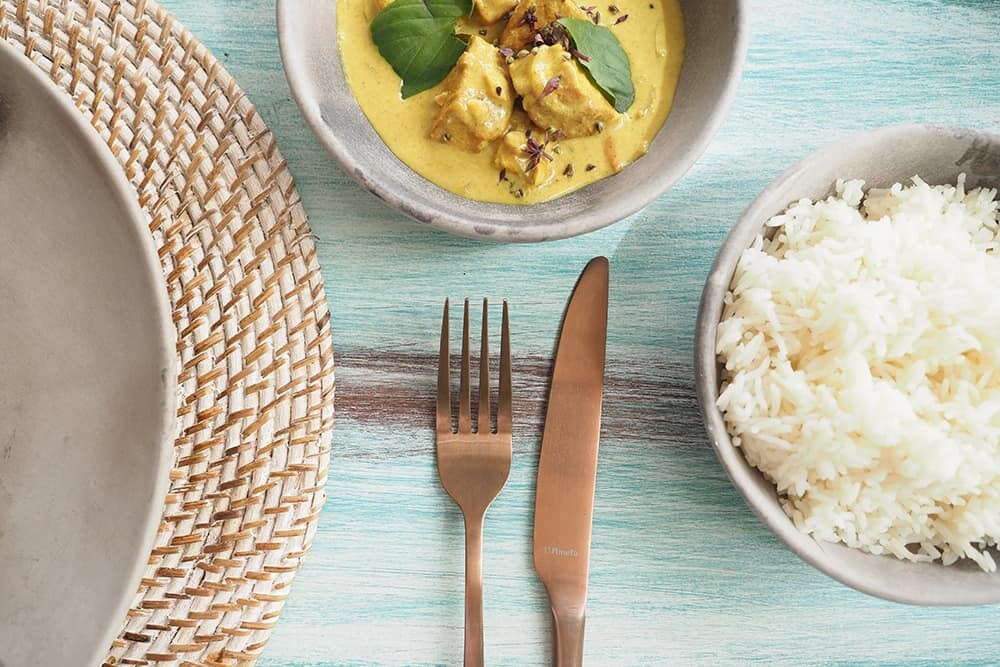
Challenge #2 Take a simple object like a bottle of water and photograph it on an empty table against a blank wall. This task encourages you to see the object as something more than a boring bottle and to make it look enticing despite the bland surroundings. Can you find some light sparkling in the bottle? You could focus only on the bottle top and shoot downward, or frame it using the table edge as a blurred foreground haze. Think about its shape, shadows, texture and take advantage of available light.
Challenge #3 Bring the world into your home by using everyday objects to make landscape scenes. Instagram has been overflowing with creative results from people in isolation making incredible scenes like the Grand Canyon out of paper bags, Ice Caves from frozen water with food dye and then there’s one of my favourites, a Broccoli Forest complete with a tiny little explorer. There really is no limit to what you can do with things like flour, sugar, water and textured objects like sheets, rugs and food. Take a peek at the hashtag #OurGreatIndoors created by @erinoutdoors for inspiration, spoiler alert: she’s a genius!
Want more? If all this talk of creative thinking has send your mind into a spin, you can purchase my ‘Photographer’s Guide to Creative Vision’ and have access to 60+ pages of ideas, challenges and tips for developing a photography project (personal and professional), creative composition ideas, editing tips and much more. Use the code ISOCREATIVE to get $10 off the eBOOK and also my Portfolio Reviews.
I would love to see your results if you put any of the above advice into action so please feel free to tag me in your social posts with @the_wanderinglens on Instagram or use the hashtag #thewanderinglens so I can take a peek!
Thanks for reading and I want to wish you all lots of patience, good health, inspiration and motivation during this time!
Read more related articles –
How to Stand Out as a Photographer Today
Career Advice: Becoming a Professional Travel Photographer

Hello! I’m the founder and photographer behind The Wandering Lens.
With 19+yrs experience as a professional travel and landscape photographer, all advice found on this site is from my personal experience, or that of contributors, on the road. I hope it’s useful for your own travels and would love to hear in the comments about your trips and experiences around the world.

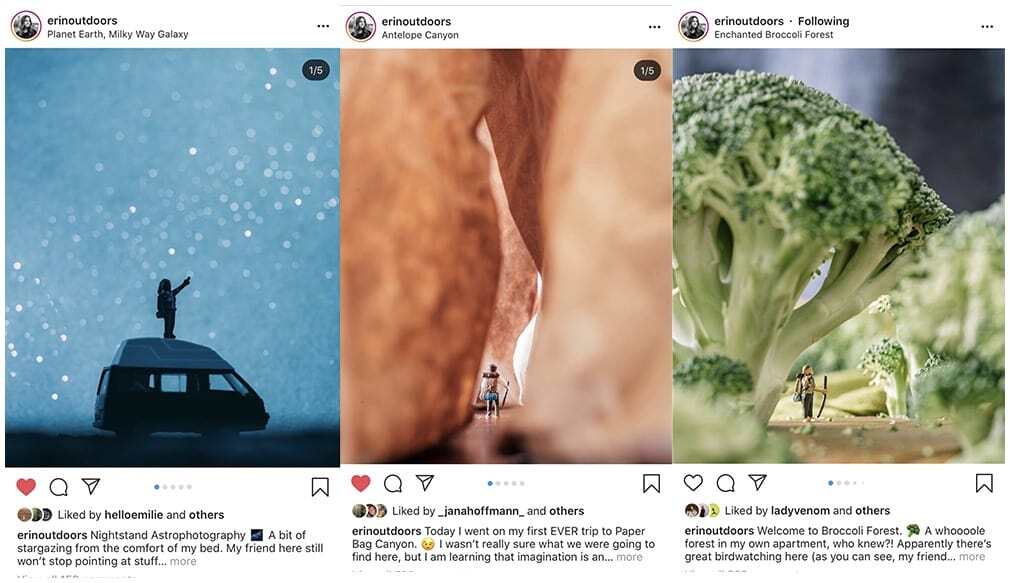
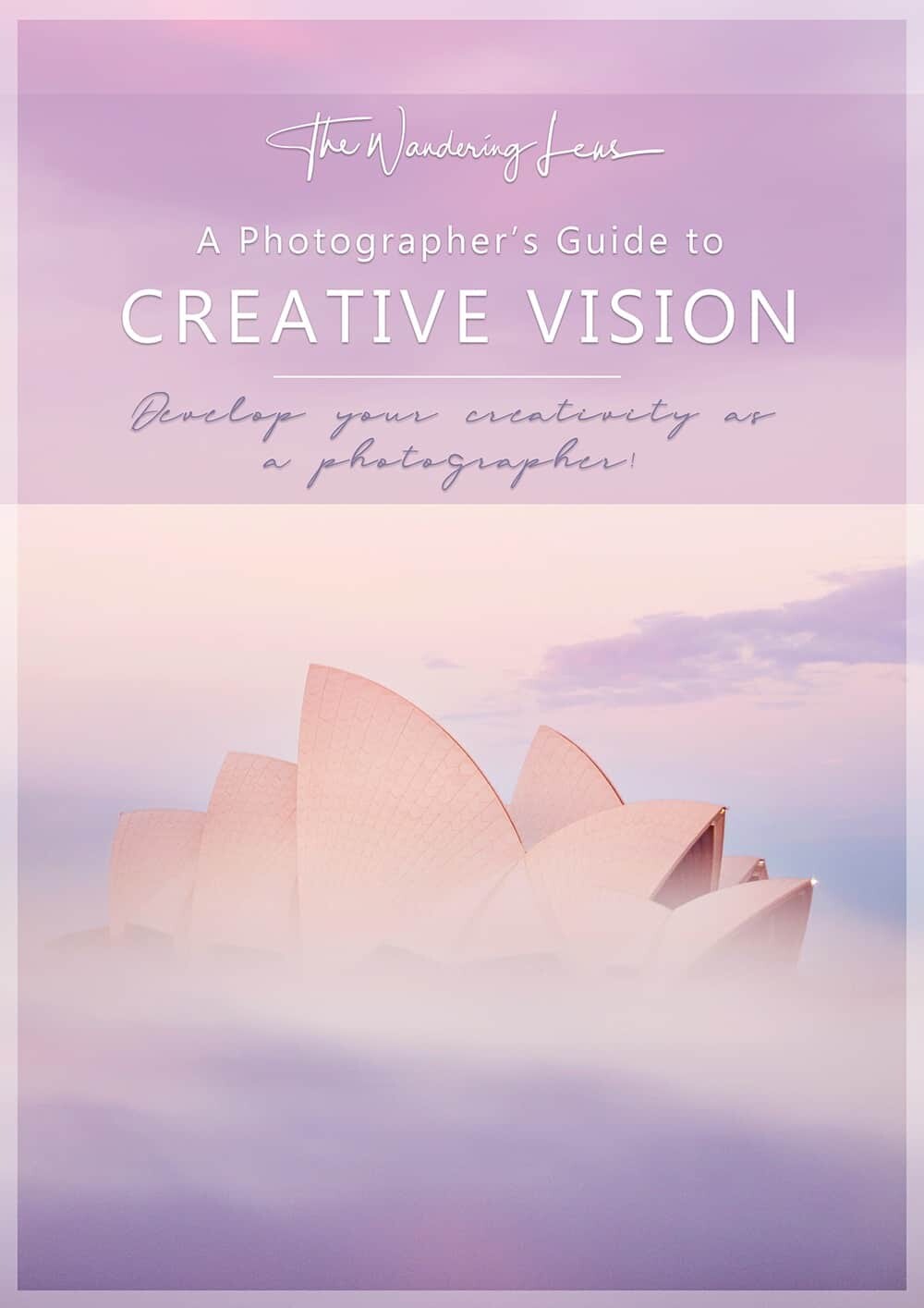

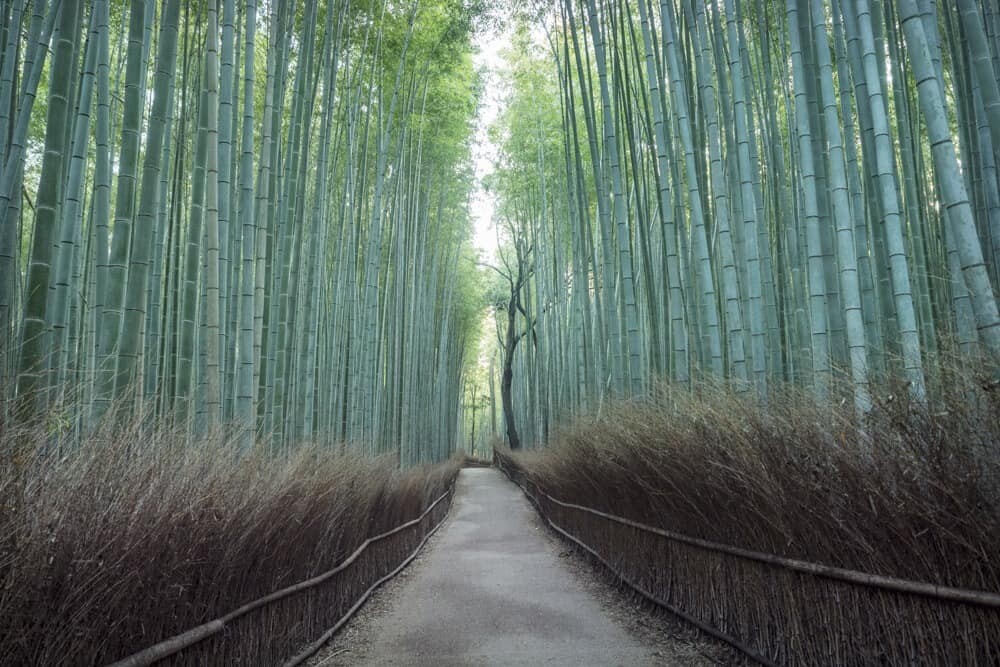

Blog Comments
Locatii Nunta Bucuresti
April 22, 2020 at 9:06 pm
Excellent article & a good read. Thanks for sharing!
Greg W
May 20, 2020 at 6:47 am
Great write up to give us some inspiration! My team has been trying to find some motivation and interesting things to work on during this quarantine. The challenges are great ideas. Thank you!
Fotograf nunta bucuresti
May 26, 2020 at 5:57 am
Cool advice.
GJ Landscaping
August 8, 2020 at 2:07 am
I deff struggle with lighting.
Thanks for the tips!
Skokie Trees
September 4, 2020 at 4:33 am
Very cool tips and tricks. I struggle to get creative sometimes so hopefully these techniques will get those juices flowing.
Fotograf nunta Ploiesti
July 4, 2021 at 6:05 am
Wow, great tips!
Thanks!